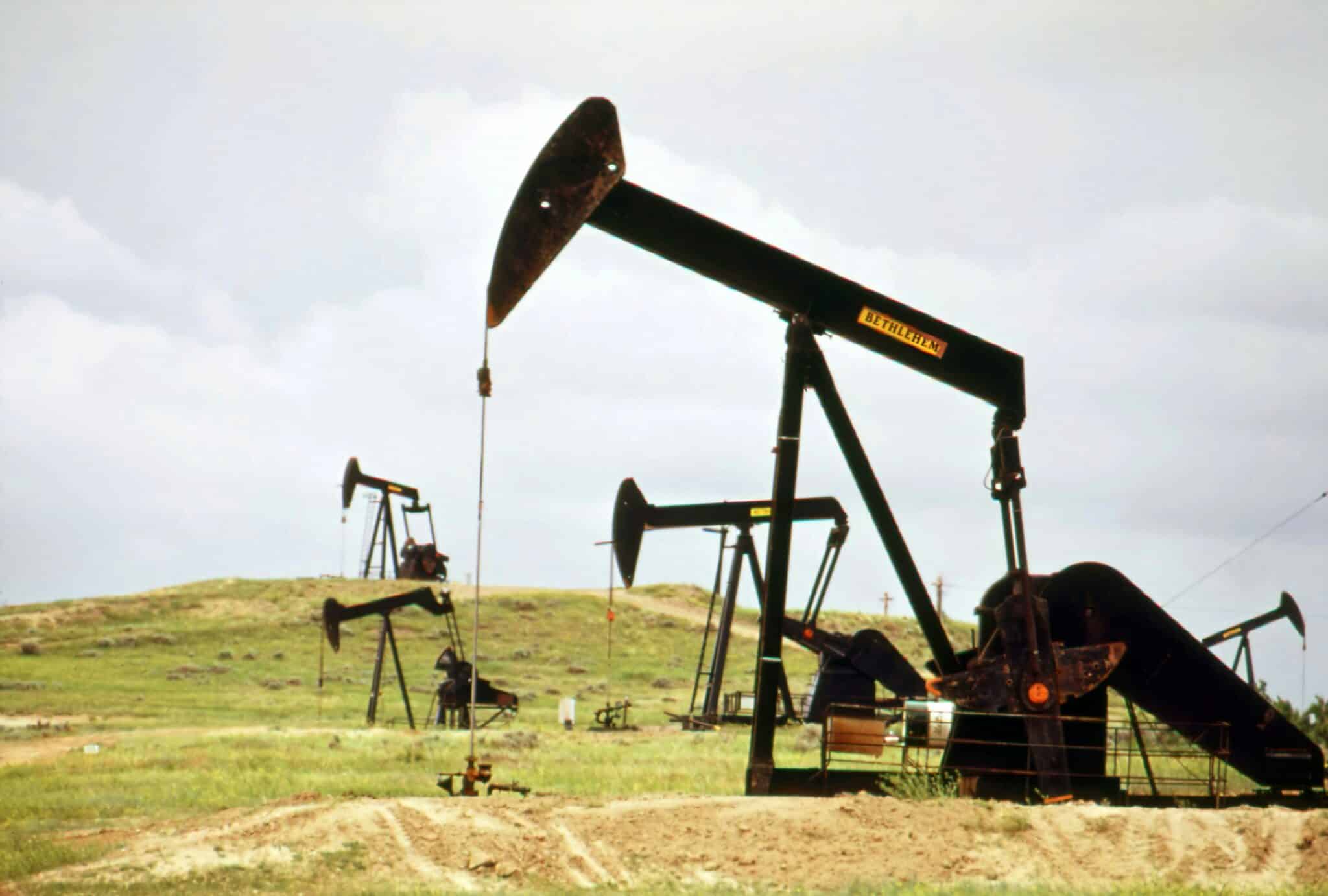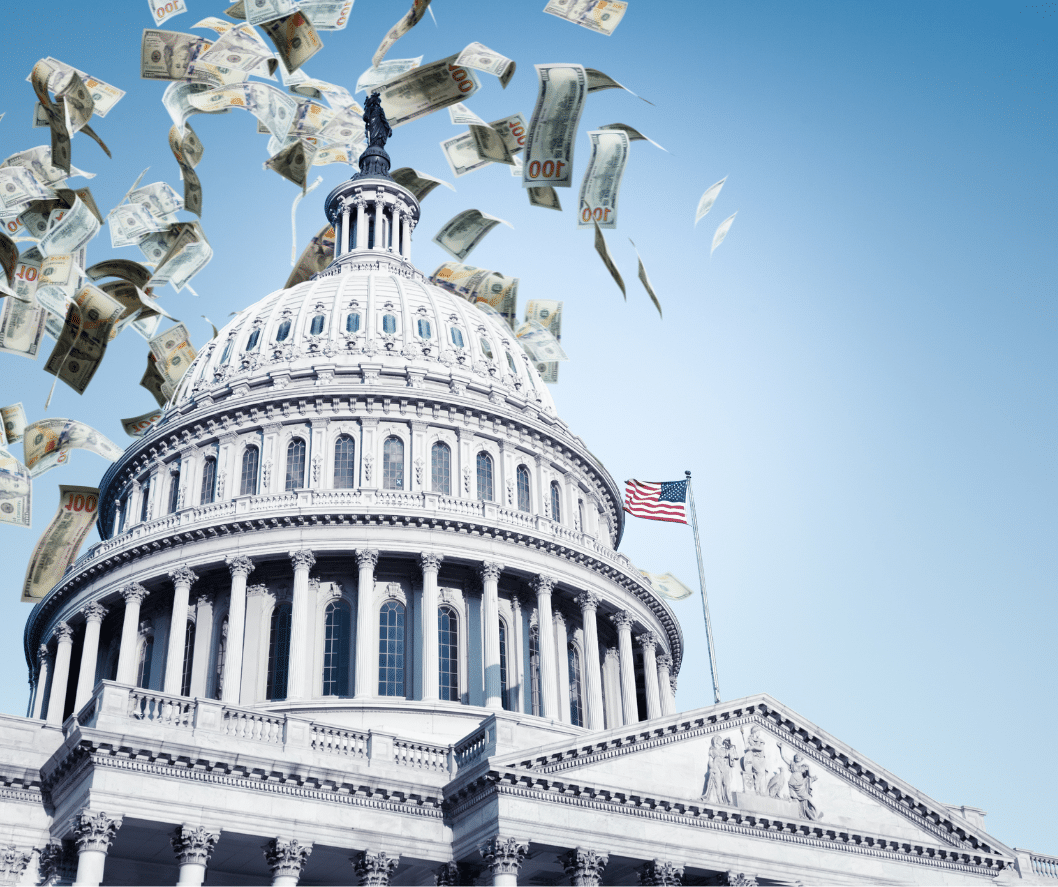This week the USDA’s Economic Research Service (ERS) released an updated Farm Income Forecast. In it the USDA projects total net farm income will exceed $102 billion, a nearly 23 percent increase from last year. This significant boost in profitability for farming and ranching businesses is due almost entirely to a massive increase in federal subsidies. Direct government payments in 2020 are forecast to be $37.2 billion, constituting 36.2 percent of net farm income, the highest level since 2001.
While this level of federal farm subsidies is the highest in a generation, it’s actually an under count of the amount of aid that is coming. The ERS does not include the $14 billion in Commodity Credit Corporation spending authority provided by the CARES Act. Secretary of Agriculture Sonny Perdue has recently stated that these funds will be used for an additional round of COVID aid to farmers and ranchers. Including the $14 billion, direct government payments would be $51.2 billion for 2020. That would make government payments 43.8 percent of net farm income, the highest since 2000.
And $51.2 billion may even be an undercount. Congress is still debating another coronavirus aid package and agriculture special interests are seeking billions in additional subsidies. The HEROES Act that passed the House in May would provide $16.5 billion in “emergency” funding for the USDA to provide direct payments to farmers and ranchers. The HEALS Act introduced in the Senate would provide $20 billion in direct payments.
Besides the amount of COVID-19 related subsidies, ERS may be underestimating the amount of “ad hoc” subsidies Congress will ultimately authorize. The recent derecho, drought, and hurricanes are also fodder for more aid. After going nearly a decade without doing so, Congress has passed ad-hoc disaster supplementals for agricultural businesses three years in a row, covering the last four crop years. Despite there being numerous federal disaster programs and the $8.5 billion a year federal crop insurance program for just these kinds of “disasters,” special interests in Congress are pushing for yet another “emergency” package.
The enormous amount of dollars going to farmers and ranchers is a cause for concern. While segments of the agriculture sector are clearly suffering from the COVID-19 pandemic, some agricultural special interests and lawmakers are advocating for an unprecedented expansion of Washington’s role in the farm economy. A majority of the aid so far has gone to very large farms while shutting out many diversified and small and medium-sized farms. And as multiple years of “emergency” aid layered on top of trade war bailouts layered on top of crop insurance and farm bill subsidies show, turning off the ag subsidy spigot is very difficult.
Lawmakers should be more deliberate in their pandemic response and ensure the farm safety net is focused on helping farmers and ranchers manage the risks of today and tomorrow, not maximizing government payments for a select few.











Get Social